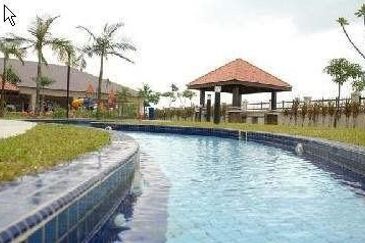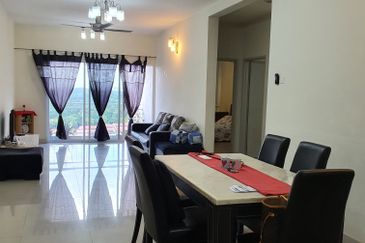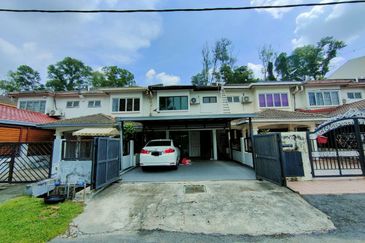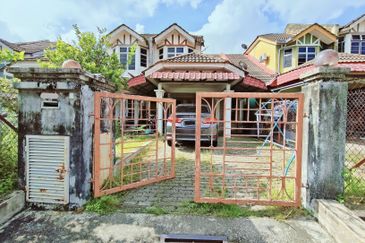IF there is one thing the global financial crisis taught us, it is this: When you lend money to cash-strapped individuals, time bombs can and do explode.
Another lesson? Property values do not rise year in, year out or as surely as night follows day. We wish that they did, but they do not. One more? Exotic financial engineering cannot mask a poorly devised plan, however far you push the consequences.
Yet, these assumptions are exactly what policymakers have taken as a given with the introduction of the PR1MA Malaysia housing scheme.
Outwardly, the essence of PR1MA’s existence is noble. By creating a special managing body and an accompanying lending ecosystem, ineligible borrowers now have much-needed access to funding so that they can finally get on the property ladder.
The accepted notion, the so-called Holy Grail, the narrative? Homeownership. That there is no better way to secure your — and your family’s — future than by ensuring that you own the roof over your head.
But on the other hand (and it is a big hand), it comes at an extremely high — and unacceptable, in my book — cost, since the mechanics by which PRIMA is delivered can be questioned on so many fronts.
First, it is costly in terms of debt service charges. At an annual borrowing rate of 4.75%, it is at least 30 basis points higher than the 4.3% to 4.45% interest costs that high-quality (read: wealthy) borrowers have to pay in the conventional banking system.
The rates, of course, reflect the higher risk profile of the ineligible borrowers, but imperil them when their circumstances change, such as when (not if) interest rates rise, or if they lose their jobs.
And while allowing borrowers to defer payments on the principal sum to the sixth year might make making payments palatable in the early years of ownership, it only makes the target property more — not less — expensive over the long term, with the total cost over the loan duration (say, 35 years) further exaggerated by the more expensive borrowing rates.
What is more, the higher allowable debt-servicing ratio of 70% (versus the conventional and safer levels of 50% to 60%) further imperils the borrower, especially if jobs are lost, wage increments do not keep pace with the rising cost of living or other unforeseen expenses (such as additional dependants and loans) enter the equation.
PR1MA’s raison d’etre is to secure mortgage funding for what is in essence a subprime borrowing class, so deemed because they will fail standard bank liquidity tests.
So, why has the government and PR1MA stepped in to offer such funding, knowing full well that the risk of default is a better-than-average possibility?
According to newspapers, PR1MA’s board approved some 260,000 houses last year. Thus far, 4,500 units have been sold but a mammoth 132,000 are currently under construction.
When these 260,000 homes hit the market in the near future, the possibility of defaults and the subsequent risk to the financial system could be fearsome.
Combine this possibility with the fact that the vast majority of mortgage funding in Malaysia is of the floating-rate variety and the better-than-average possibility that local interest rates might rise in tandem with the US’ and we will have a ticking time bomb on our hands.
Economists and Bank Negara Malaysia acknowledge that Malaysia’s household debt level of nearly 90% of gross domestic product is worrisome. Yet, the advent of PR1MA — a massively popular proposition as it currently stands — will surely drive the figure up.
Also, the houses are not cheap. The ceiling cost is reportedly RM400,000 while the lowest is said to be in the region of RM100,000.
When did the definition of affordable housing stretch to RM400,000? It was not that long ago that low-cost housing was priced in the region of RM60,000 and with salaries not having increased that much in the last decade, signing up for such a property would have been a real stretch for most Malaysians.
Only the most efficient developers will make money building such homes and I am willing to bet that most builders, purely from a commercial perspective, will be aiming to sell homes much nearer to the RM400,000 price point.
A small mitigating factor is that borrowers are able to use funds from Account Two of their Employees Provident Fund to defray the monthly loan burden or even increase their loan limit. But the paucity of significant EPF savings among the masses is a well-documented fact, so is this really that much of a mitigating factor?
Oh, and one more thing. While the moratorium on the disposal of PR1MA houses has been reduced from 10 years to five, indicating a willingness among policymakers to allow homeowners to “cash in” on their properties, it also introduces an element of speculation.
It is an option that only makes sense if the value of the property rises well above the purchase price.
Also, stretching the qualifying criteria to include purchasers with a combined monthly household income of RM15,000 also means that PR1MA is no longer an avenue for the poor but is also a vehicle for the moderately wealthy to “play” the property market.
This stretching of criteria can only mean one thing: tacit acknowledgement that the property, construction and professional services sectors (lawyers, bankers and realtors) have a meaningful multiplier effect on the economy. And that by looping them into PR1MA’s largesse, the national economy would get a much-needed shot in the arm.
An alternative could so easily have been cheap government-built housing — using funds seized from corrupt activities and leakages — for the means-tested needy and financially challenged.
This would have provided shelter for the needy without the systemic risk of a few hundred thousand home loans going bad.
Instead, a win-win-win situation has been engineered. A situation where government-controlled banks, developers and construction companies benefit from a scheme that is politically expedient while providing much-needed affordable housing.
Khoo Hsu Chuang is contributing editor at The Edge Malaysia.
This article first appeared in The Edge Malaysia on Feb 20, 2017.
For more stories, download TheEdgeproperty.com pullout here for free.
TOP PICKS BY EDGEPROP
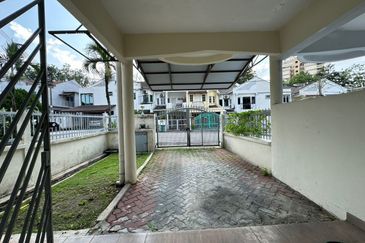
Taman Sri Endah
Bandar Baru Sri Petaling, Kuala Lumpur
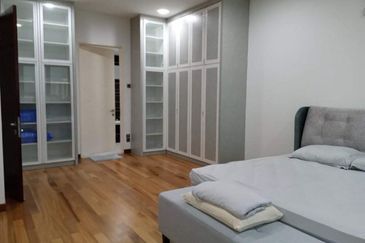
Akira @ 16 Sierra (Sierra 9)
Puchong South, Selangor
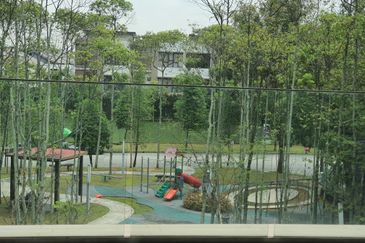
Akira @ 16 Sierra (Sierra 9)
Puchong South, Selangor
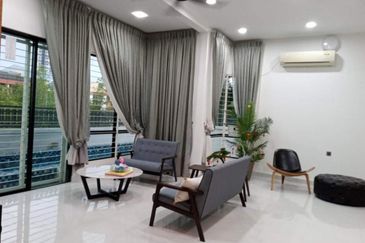
Akira @ 16 Sierra (Sierra 9)
Puchong South, Selangor
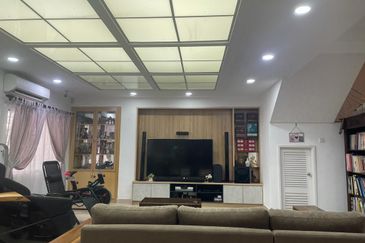
Bandar Puteri Puchong
Bandar Puteri Puchong, Selangor
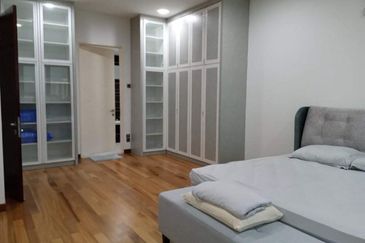
Akira @ 16 Sierra (Sierra 9)
Puchong South, Selangor
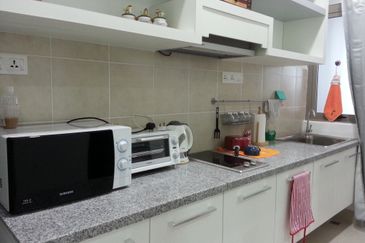
Shaftsbury Serviced Apartments
Cyberjaya, Selangor
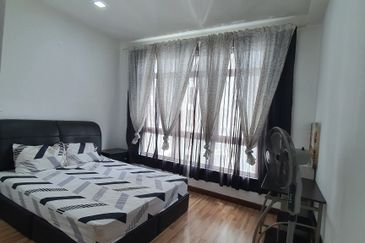
Shaftsbury Serviced Apartments
Cyberjaya, Selangor
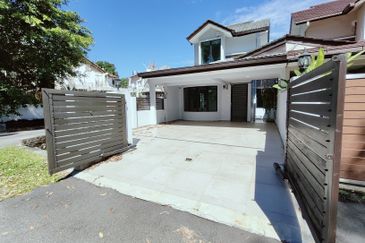
Bandar Kinrara 2
Bandar Kinrara Puchong, Selangor




